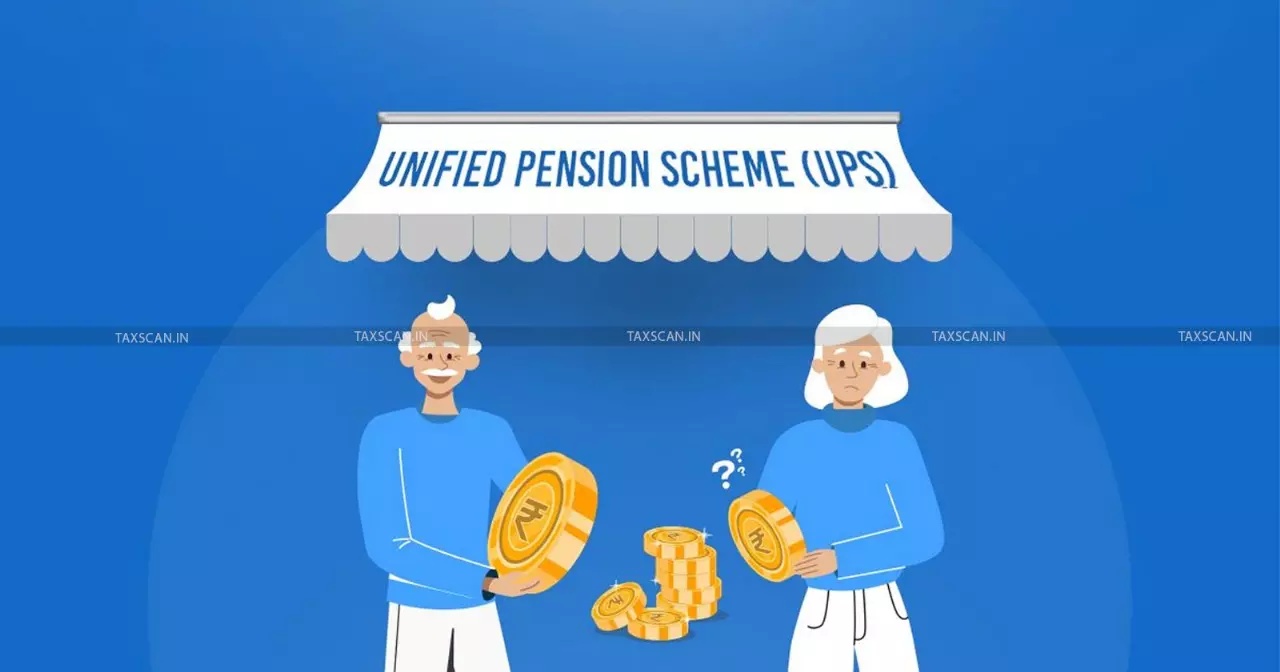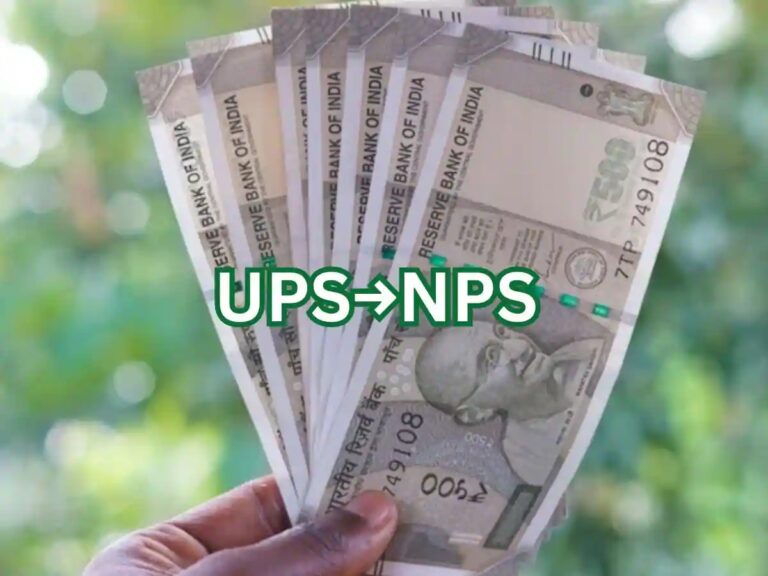
Government Introduces Unified Pension Scheme Under National Pension System
The Indian government has expanded retirement benefits for Central Government employees by integrating the Unified Pension Scheme (UPS) into the National Pension System (NPS). This move ensures tax parity and enhanced financial security for both current and future civil service recruits. The Department of Financial Services, under the Ministry of Finance, has mandated that UPS will be an optional component of NPS, allowing employees to choose between the two schemes. The decision, effective from April 1, 2025, follows a regulatory framework established by the Pension Fund Regulatory and Development Authority (PFRDA) through the 2025 Operationalisation Regulations. This change aims to provide greater flexibility in retirement planning while maintaining the tax advantages currently available under NPS. Employees already enrolled in NPS are also given the option to transition to UPS, ensuring continuity in their pension benefits. The reform underscores the government’s focus on creating a more inclusive and efficient retirement framework for public sector workers.
Tax Benefits Remain Unchanged for UPS Participants
One of the key aspects of the UPS integration is the preservation of existing tax benefits under the National Pension System. Employees opting for UPS will retain deductions under Section 80CCD(1) and (1B) of the Income Tax Act, which allow contributions to NPS accounts to be subtracted from taxable income. Additionally, employer contributions under Section 80CCD(2) remain eligible for tax relief, with no upper limit on the 10% of salary (basic plus dearness allowance) that can be deducted. These provisions ensure that the financial incentives for long-term retirement savings are not compromised by the introduction of UPS. The government has explicitly stated that all tax advantages currently applicable to NPS members will be extended to UPS participants, providing clarity and reducing uncertainty for employees considering the transition. This approach aligns with the administration’s goal of fostering tax-efficient retirement options for public sector workers.
Implementation and Regulatory Framework for UPS
The implementation of the Unified Pension Scheme under NPS was formalized through the PFRDA (Operationalisation of the Unified Pension Scheme under NPS) Regulations, 2025, which came into effect on March 19, 2025. These regulations outline the procedural framework for employees to select UPS as an option within the NPS structure. The decision to extend UPS to NPS was announced in a press release issued by the Press Information Bureau on July 4, 2025, following an earlier notification dated January 24, 2025. The government emphasized that the integration of UPS ensures a seamless transition for employees, allowing them to benefit from both the flexibility of a unified pension structure and the tax advantages of NPS. This regulatory overhaul reflects the government’s commitment to modernizing retirement systems while ensuring financial transparency and employee-centric benefits. The move also aims to align public sector retirement plans with broader fiscal policies and economic stability goals.
Government’s Focus on Transparent Retirement Planning
The introduction of the Unified Pension Scheme under NPS marks a significant step toward creating a more transparent and flexible retirement framework for Central Government employees. By allowing employees to choose between NPS and UPS, the government is addressing the diverse financial needs of public sector workers while maintaining tax incentives. This dual-option approach ensures that employees can tailor their retirement strategies based on personal circumstances, without sacrificing the benefits of tax-efficient savings. The government has reiterated that the UPS integration is part of a broader initiative to enhance retirement security and reduce financial burdens on employees during their post-service years. The emphasis on tax parity and regulatory clarity underscores the administration’s commitment to fostering a sustainable and equitable pension system. This reform is expected to have long-term implications for financial planning, particularly as employees seek to optimize their retirement savings in an evolving economic landscape.
Impact on Retirement Planning and Employee Benefits
The Unified Pension Scheme’s integration into NPS is poised to reshape retirement planning for Central Government employees. By offering a unified structure that retains existing tax benefits, the government is ensuring that employees can maximize their retirement savings without compromising on financial incentives. This change is particularly beneficial for current employees, who now have the option to transition to UPS while retaining their tax advantages. The move also enhances the attractiveness of NPS for future recruits, as the scheme’s flexibility and tax efficiency make it a compelling choice for long-term financial planning. The government’s decision to extend UPS to NPS aligns with its broader goal of creating a more inclusive and sustainable pension system, ensuring that public sector workers receive adequate financial support during their retirement years. As the implementation of the new framework progresses, it is expected to set a precedent for other retirement schemes, promoting a more cohesive approach to employee benefits and financial security.



